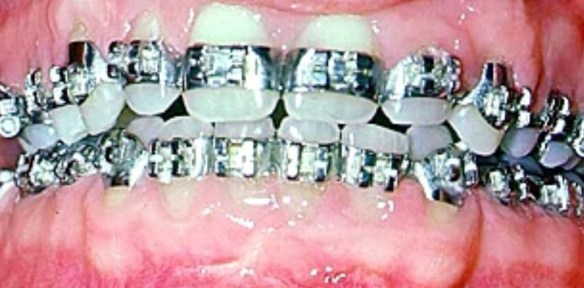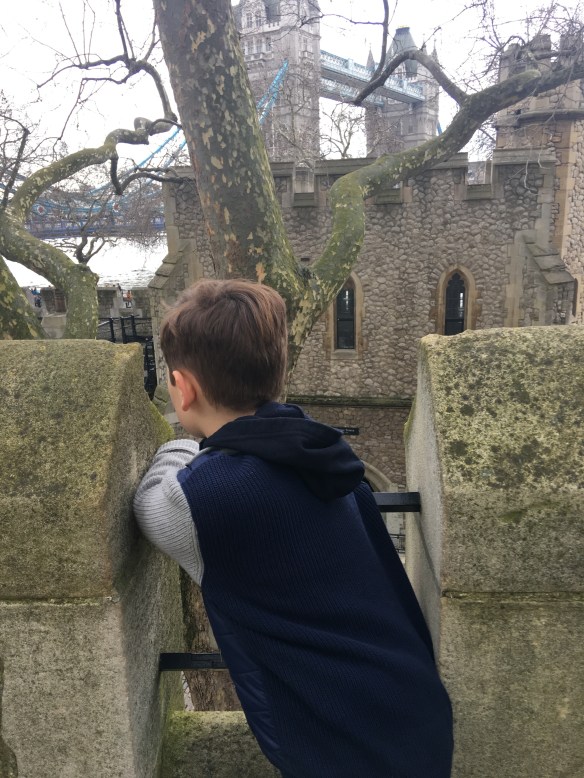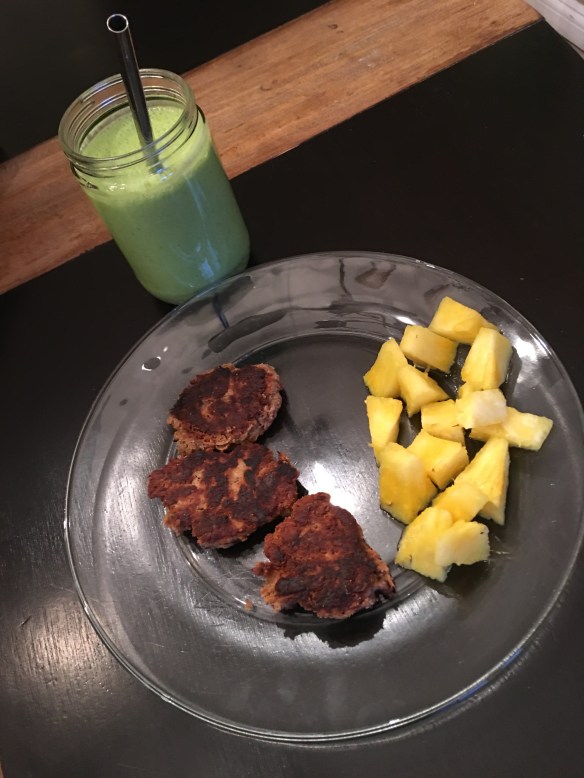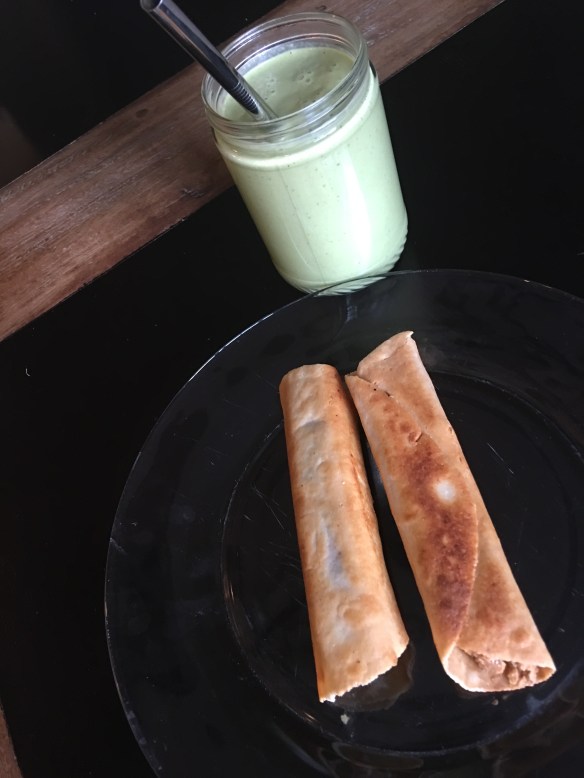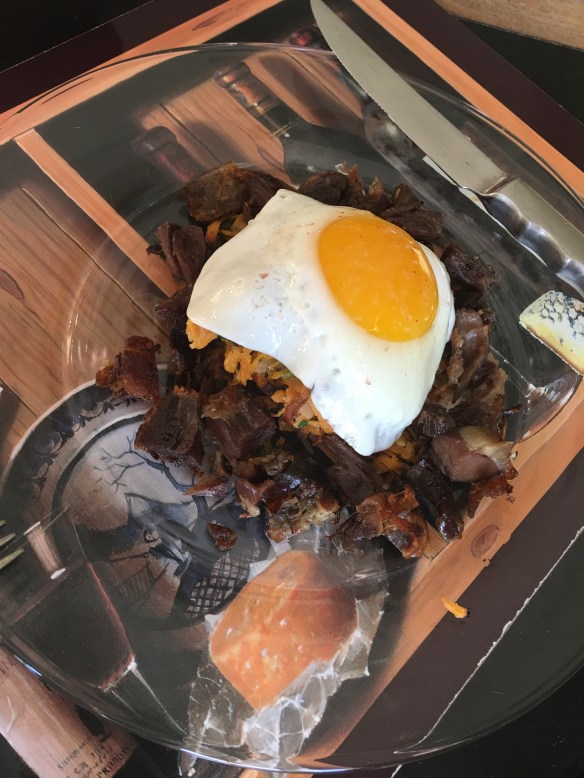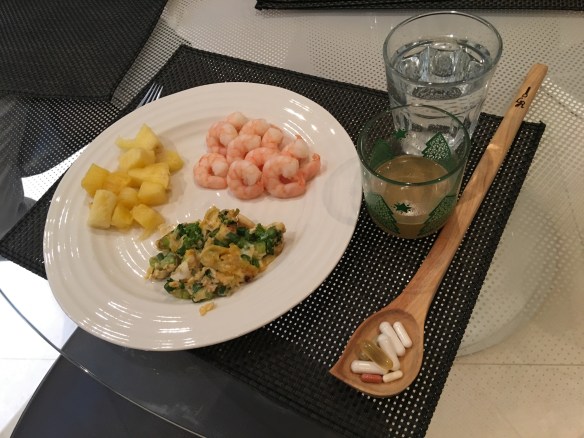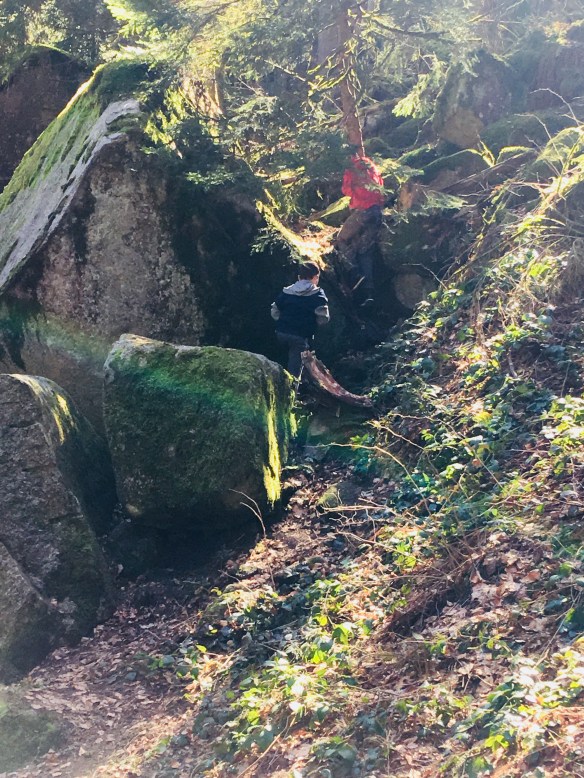Tough few days here, in the process of Finding My Kid.
In his life, Martin has had three “drop-off” play dates. The first was more than a year ago, when I left him with one of my friends who has a typically developing son Martin’s age. Though my friend generously spared me the details of the 90-minute play date, I could tell at pick-up that Martin had played alone (and fussily) and ignored her son, who ended up resenting Martin and teasing him at school. The second drop-off play date was a couple months ago, when I left Martin at his friend Jonathan’s house. Jonathan, who has some special needs, is the oldest of four boys (I mentioned them last year), and two of his younger brothers had friends over also. I’m not sure how many kids were in the house. Maybe eight or nine. A bunch of adults were there, too, watching the Winter Olympics. Martin disappeared immediately upstairs with Jonathan. I had no trouble leaving; Jonathan’s mom knows Martin well, and with her houseful of boys, I think she could handle just about anything short of a nuclear explosion. Whatever Martin did while there, he was happy when I returned, and Jonathan was happy, and all was well.
Last Friday was the third drop-off play date. Martin was invited to go after school to the home of Manuel, his school chum who, despite some challenges, is more or less typically developing. Manuel’s grandmother and mother both urged me to let Martin stay alone. I did so, albeit with reservations that they might not understand the extent of Martin’s challenges. I left and texted my friend Stacey:
I just let Martin go to a drop-off play date and now I’m too nervous to do anything.
I don’t want to get back and find out that he freaked or had a meltdown or something, ugh.
I’m seriously hovering a few blocks away in my car in case I get a text.
As it turned out, my reservations were well-founded. Although the grandmother (who supervised) was kind and generous with her words, Manuel began complaining as soon as I returned to retrieve Martin. Manuel said Martin hadn’t listened. Martin had hit him with the sword. Martin was running into the street. Martin didn’t want to play his games. And so on. And so forth. I could see for myself that Martin was hyperactive and agitated. I thanked Manuel and his grandmother for the play date and hustled Martin to the car. How did he think the play date went? I asked. So-so, he responded. Some good and some bad.
From Manuel’s perspective, I have to believe, the play date was more bad than good. We didn’t see Manuel again until Monday at school pick-up, when he rejected Martin’s overtures to play, for which his grandmother was apologetic. Tuesday, Martin appeared sad when I picked him up from school. (At that time, Manuel was trying to play handball with the rowdier boys, an activity in which Martin shows no interest.) Martin refused to disclose anything that might be making him sad. More than an hour later, when I was dropping him at church for Kids’ Klub, he said, “Why didn’t anyone want to play with me at recess?” I asked a few questions and learned that Manuel, Lucas, and the two classmates who usually talk Minecraft with him all said no when Martin asked them to play.
Manuel liked playing with Martin before Friday afternoon. Thereafter, not so much.
If I want to appease myself, I have plenty reasons why the Friday play date went poorly. For example:
> Manuel’s grandmother had invited Martin specifically to play video games. Martin was so much looking forward to the video games; Manuel has a gaming system that Martin thinks he might want for his birthday, and video games are one arena in which Martin feels comfortable with—equal to?—other kids. As it turns out, the family is half-packed to move, and some cable required for the video gaming system had gone missing. No video gaming occurred.
> Martin expected to play with just Manuel. When he arrived, Manuel suggested that they follow his usual practice of meeting two other friends as they got off the school bus. Martin knows the other two boys and agreed readily to include them, and in the end they stayed only 15 minutes. Still, their presence created another change in plans.
> Martin’s palate expander was falling out again. The darned thing was hanging, detached, on one side. Martin kept trying to reattach that side, and he could barely speak. The entire device finally detached during the play date.
> Manuel is moving next month. Martin is full of anxiety about this. Anxiety, in Martin, can manifest as anything from confusion to silliness to defiance.
In the end, my excuses don’t matter much. The Friday event went poorly because Martin couldn’t manage to play well with others. We still have work to do on social skills.
Or do my excuses matter? How much mischief did the anxiety cause? Last night I met with Martin’s psychologist. I mentioned the play date debacle, and why I thought Martin might have had more trouble than usual. The psychologist said, “That explains these pictures he’s been creating.” She showed my two sheets. On the first, Martin had drawn a car driving away, with Manuel inside and Martin outside yelling, “Manuel!!!!!!!” On the second sheet, Martin had drawn the outline of Florida (where Manuel is moving), a car packed and ready to depart, and Martin and Manuel saying goodbye to each other.
I wish something could be easy for my kid. Anything at all.

